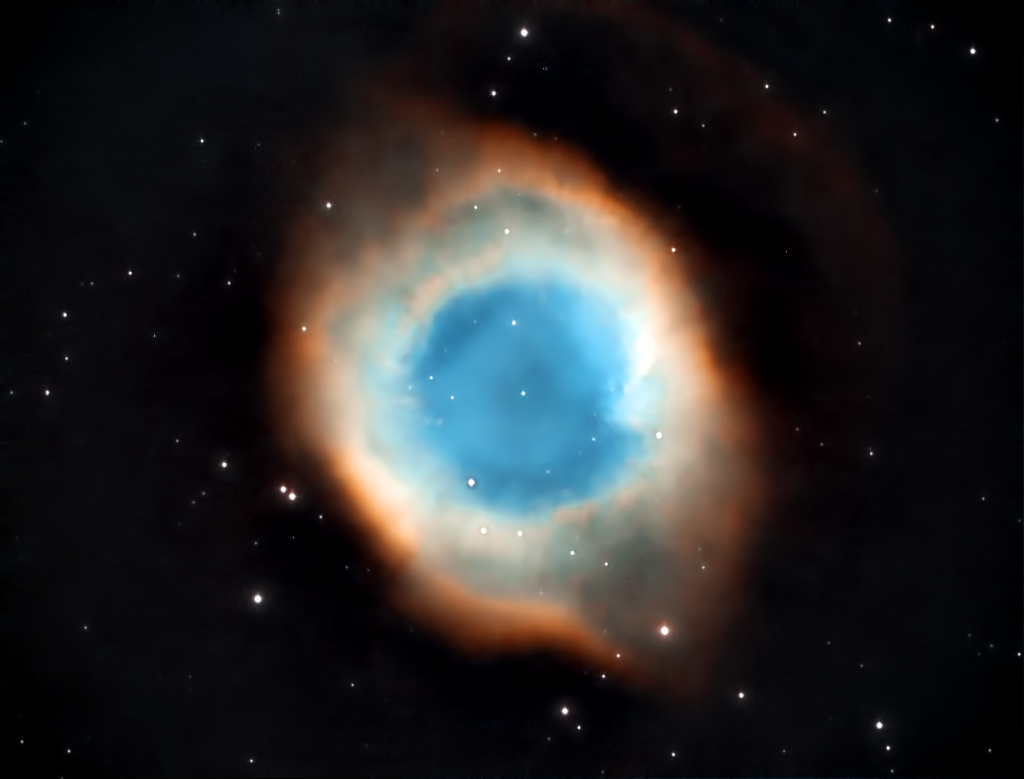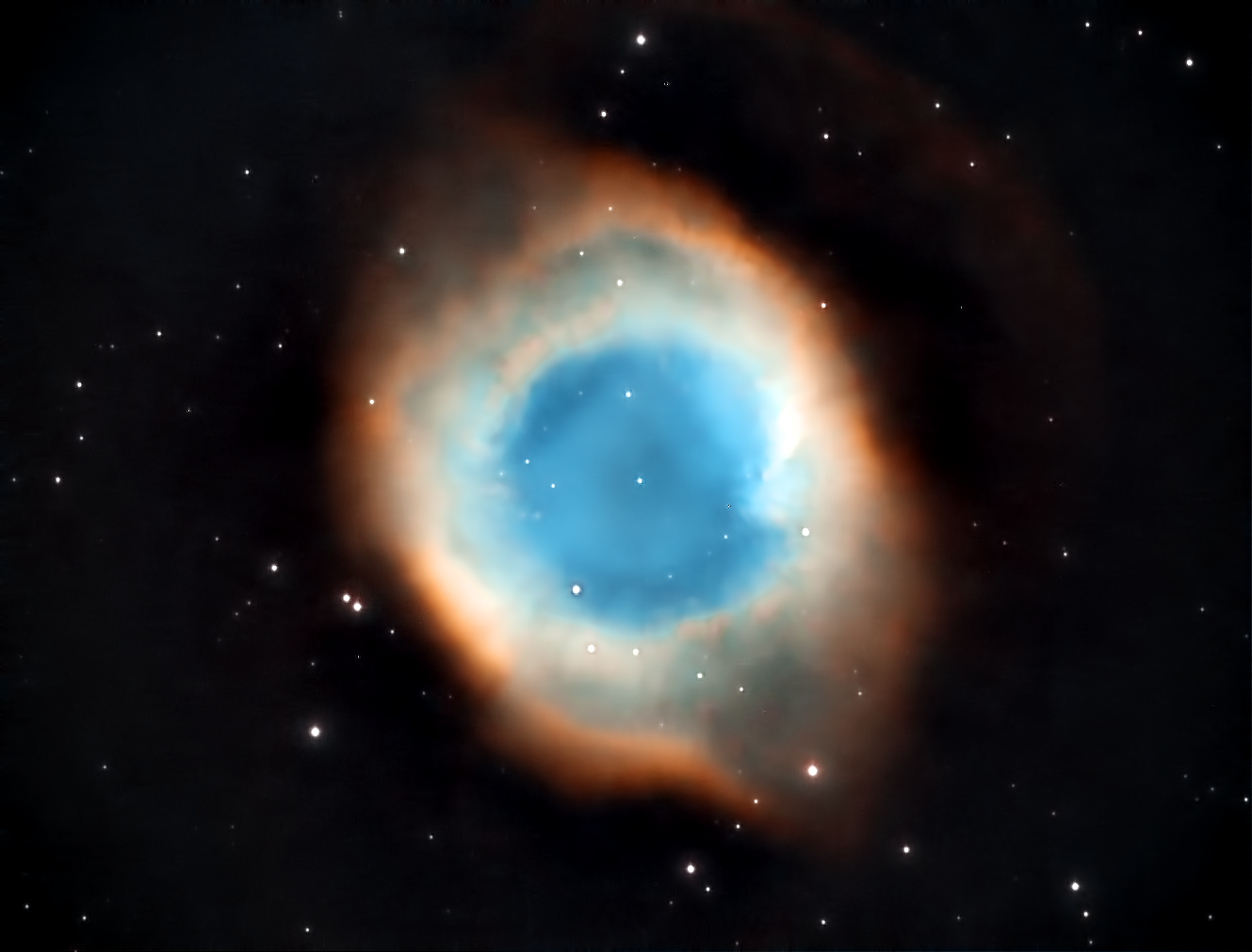
Similar Posts
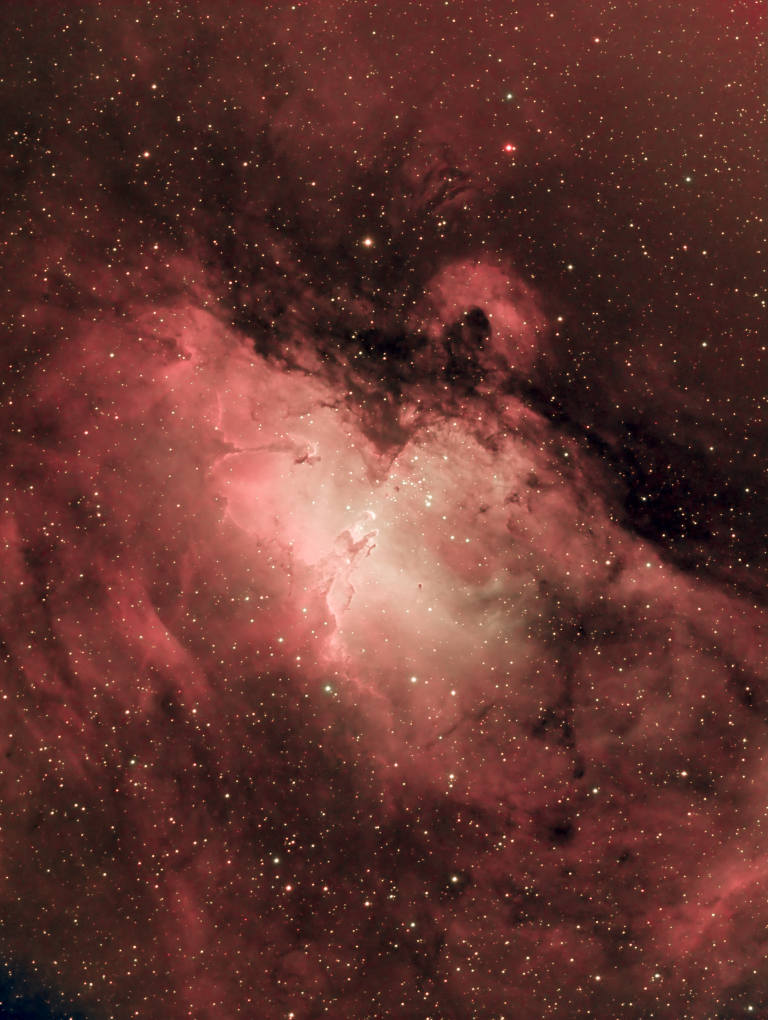
Beating light pollution with a new synthetic RGB algorithm
Imaging deep sky objects from a suburban driveway forces one to find ways to deal with light pollution. Light pollution is the enemy of astronomers – but in reality, there are ways around it. Some of the most beautiful objects in the cosmos are called emission nebula. They are clouds of gas, often where new…
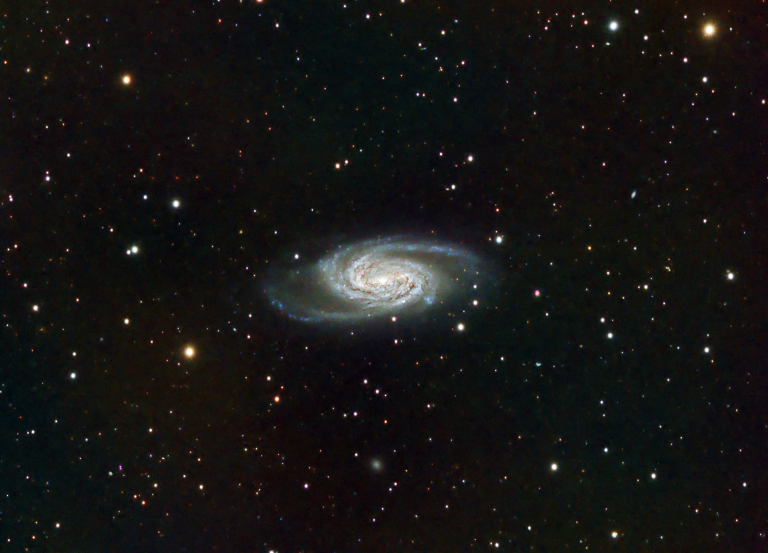
NGC2903 feels lonely.
It’s a good thing galaxies don’t have feelings; they’re just collections of billions of stars. Because NGC 2903 would need therapy. It has no cute nickname like other galaxies; it’s just NGC 2903. And it has no galactic neighbors; most galaxies are gravitationally bound to other galaxies in their local group or cluster, but NGC…
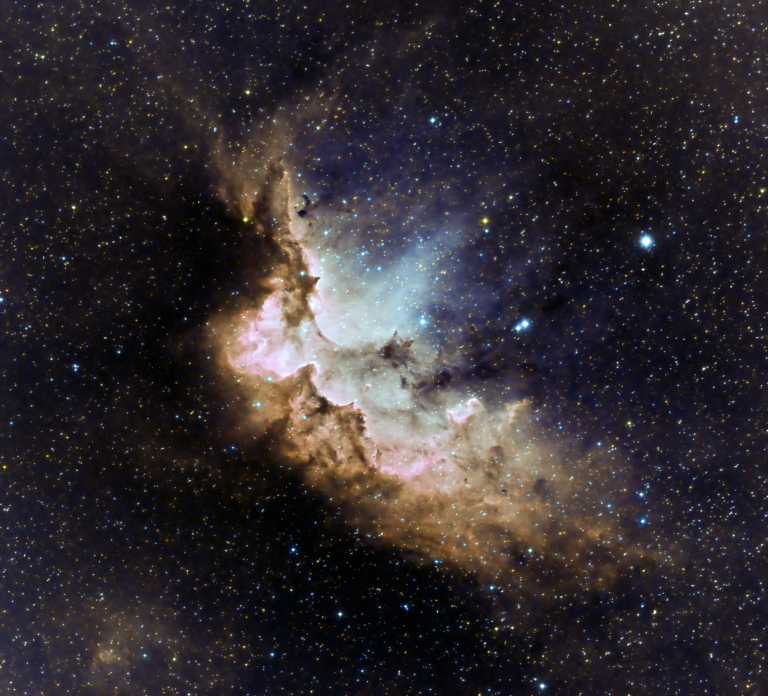
Off to See the Wizard
There are a lot of stars in this picture; the gases of the Wizard Nebula (formally SH2-142) are the birthplace of those stars, and more are being created even now. It’s located about 7,200 light-years away, and is extremely dim – it took over 9 hours of exposure time to capture this image. Your ability…
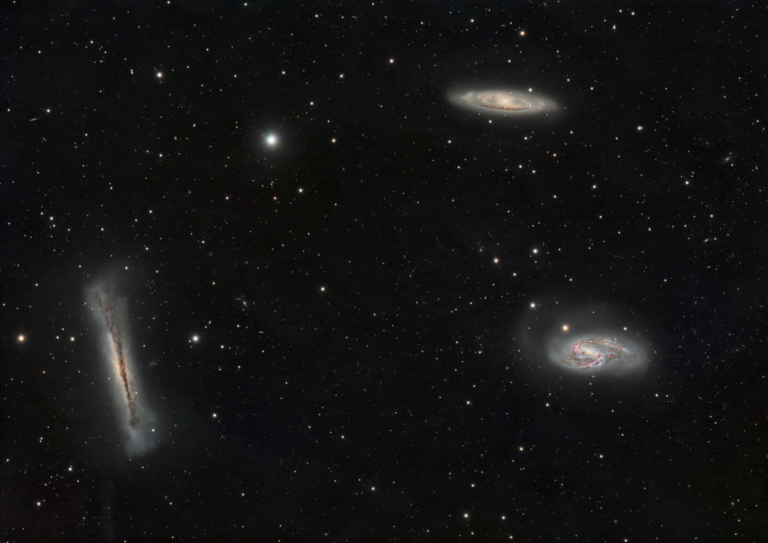
The Leo Trio (again)
It’s been awhile since I imaged the “Leo Trio” (aka Leo Triplet) of galaxies: M65, M66, and NGC 3628. I wanted to see if my latest equipment, software, and somewhat darker skies made a difference. I’d say so… this is a total of 25 hours of exposure time, including some Hydrogen-alpha filter data to pull…
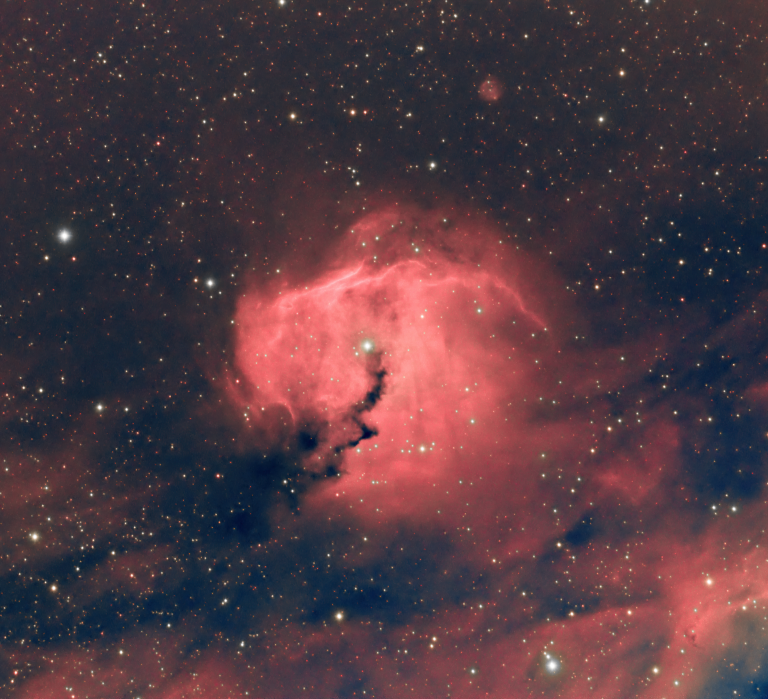
The head of the “seagull”
Formally this nebula is called vdB93, but more commonly it is a part of the “seagull nebula.” The larger nebula really does look like a flying bird, but it’s a little too big to fit in the field of view of my telescope – so I focused instead on its “head” where most of the…
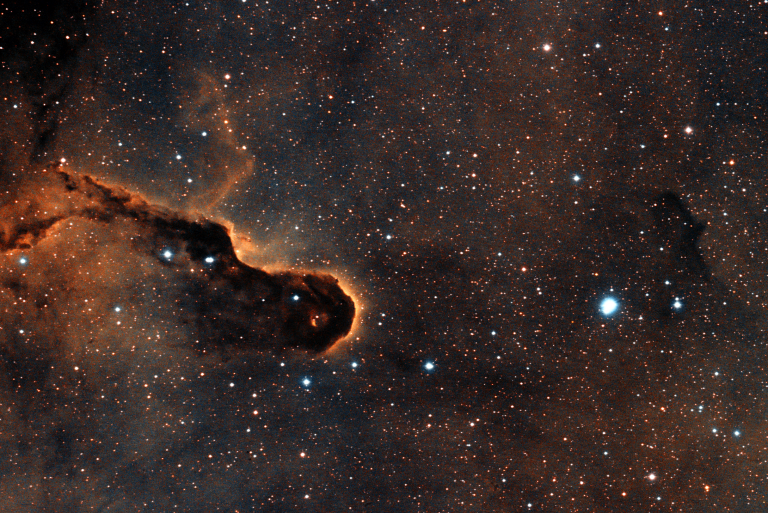
The Elephant’s Trunk
Formally IC1396, this cloud of interstellar gas and dust is thought to be an active site of new star formation. And with a little imagination, it kind of looks like an elephant’s trunk. There’s more to it than you see here, but I tried to get an interesting framing. From this angle we see a…

